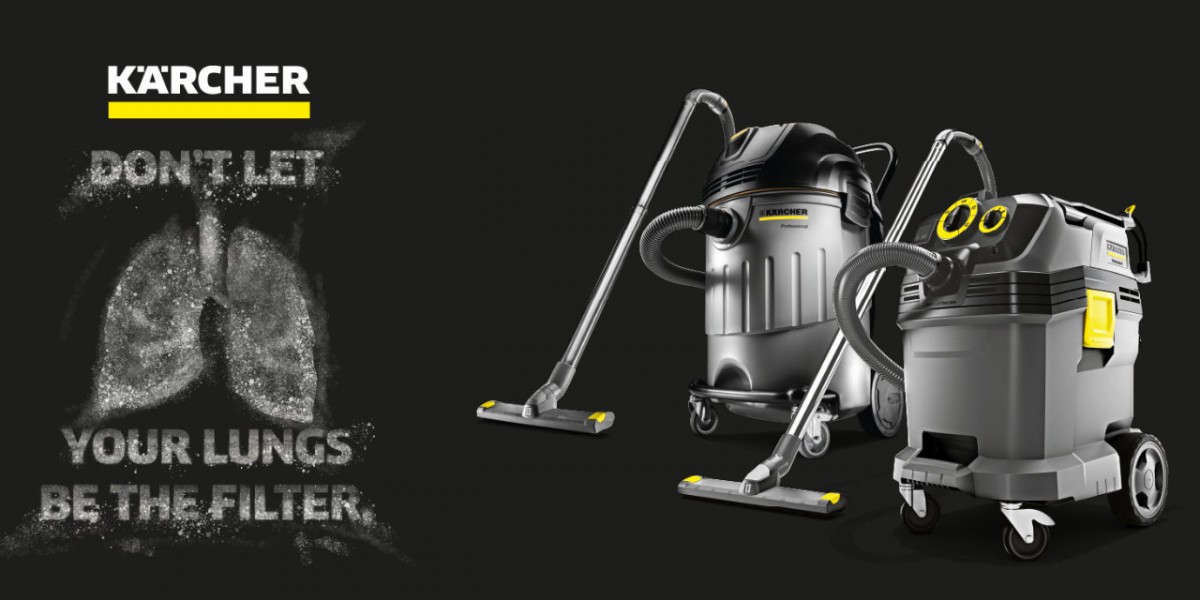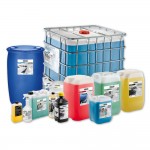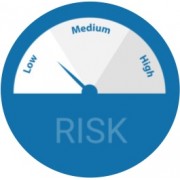Silica dust is by far the most dangerous construction dust type encountered as it only requires a small amount to be airborne to create a health hazard. The harmful particles are not visible to the human eye, meaning that many workers are not even aware they have even breathed this substance in. When this type of construction dust is inhaled, it can seriously damage the lungs, kidneys and airways, causing life-changing diseases including: lung cancer, silicosis, chronic obstructive pulmonary disease (COPD) and asthma - in some cases it can even kill.
When working in a dusty environment without protection typically the body will breathe out 95% of the dust, but 5% of fine dust will remain in the lungs, and although it seems a small amount, it is still extremely harmful.
Silica dust that remains in the lungs causes inflammation, and this leads to an increased chance of suffering from lung damage and scarring; it can also enter into the circulatory system and affect other organs such as the brain, heart and bones – this is diagnosed often as being Silicosis. There is no cure for silicosis because the lung damage can't be reversed. Treatment aims to relieve symptoms and improve quality of life. The condition may continue to get worse, leading to further lung damage and serious disability, although this may happen very slowly over many years.
Silicosis is an irreversible, progressive, disabling, and often fatal lung disease as the result of heavy and prolonged exposure to respirable size crystalline silica dust - a common mineral found in many materials on construction sites, including: concrete, rock, sand and granite.
With over 500 construction workers believed to die from exposure to silica dust every year and with silicosis recognised by the UK government as an industrial disease it is vital that the risk from silica dust is taken seriously and exposure to it is adequately controlled.






























